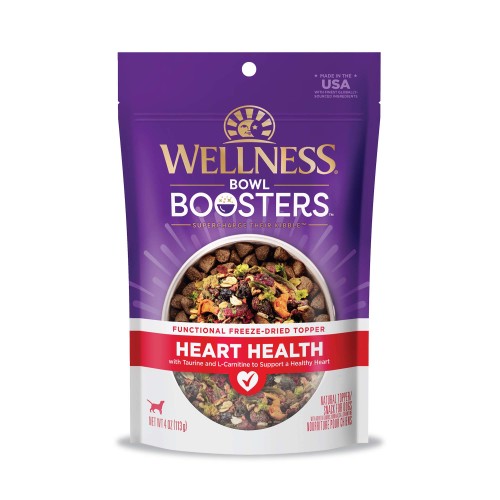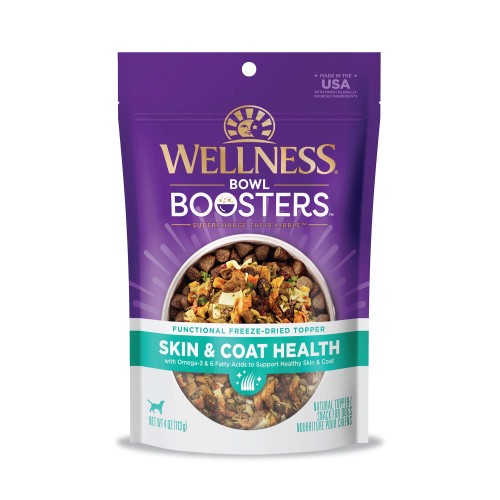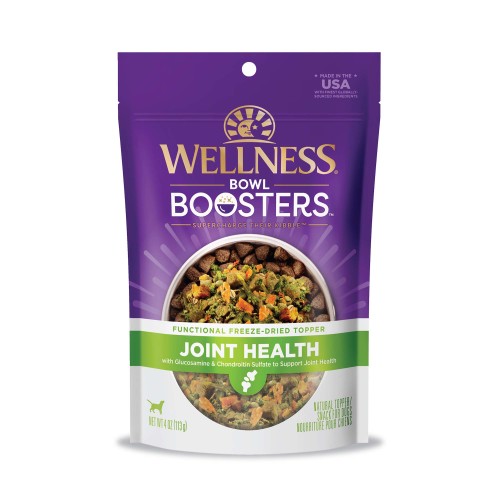February 26, 2021
10 Reminders For Maintaining A Healthy Pet Diet
Every year people commit to healthier diets, but what about healthier pet diets? Animals need healthy eating habits for longevity and wellness just as much as humans do. Of course, the habits and diet plans for pets vary from human diets. Even minor disruption or change to your pet’s healthy eating plan can have some very unhealthy consequences. So, use these 10 reminders for your pet’s healthy diet to make sure that your pet is on track to have both a happy and healthy life.
1. Read The Ingredients In Your Pet’s Food
One of the first things to check to ensure you pet’s eating healthily is to check the ingredients in their pet food(s) and treats. The primary ingredient in your cat or dog’s food should be a meat. It should be listed first. The more natural ingredients in your pet’s food, the better the food is for them.
2. Control Your Pet’s Food Portions
Portion control plays a huge role in your pet’s overall health. Overeating or undereating can damage your pet’s physical and mental stamina as well as lead to diseases and other health problems is mismanaged in the long run. While underfeeding is rarely a problem, over-feeding is very common.
Pet food bags sometimes have recommended portions for serving, but even if yours doesn’t, you can go by weight. Pet MD recommends the following for cats and for dogs:
- Cats
- 5lbs and under should eat 1/4 to 1/3 cups of food per day.
- 10lbs and just over or under should eat 3/8 to 1/2 cups of food per day.
- 15lbs and over should eat 1/2 cup to 3/4 cups of food per day.
- Dogs
- Toy breeds (3-6lbs) should eat 1/3 to 1/2 cups of food per day.
- Small dogs (10-20lbs) should eat 3/4 to 1 to 1 1/3 cups of food per day.
- Medium dogs (30-50lbs) should eat 1 3/4 to 2 1/4 to 2 2/3 cups of food per day.
- Large dogs (60-100lbs) should eat 3 to 4 1/2 cups of food per day with 1/4 cup of food adjustments for every 10lbs.
Note these recommendations are for typically active, healthy pets. If your pet is sedentary, advanced in age, or has a medical condition consult your vet for proper eating portions.
3. Schedule Your Pet’s Feeding Times
Typically, pets are fed once in the morning and once in the evening. As noted above, pets get accustomed to mealtimes, so avoid giving your pet extra servings between meals. Scheduling helps your pet with digestion and portion control. If your pet is eating too much too often, this will negatively impact his digestive tract.
If your pet is a grazer—an animal that snacks on their food throughout the day—consider doling out their portions on a schedule. This will help them stick to a healthy eating schedule while also accommodating their habit of not eating their entire meal at once.
Schedules will also help you notice if your pet’s eating habits change; changes to eating habits could indicate your pet is unwell.
4. Break the Table Scrap Habit
Speaking of snacking, pets quickly learn how to use their charm to get table scraps. Table foods can be incredibly unhealthy for pets leading to unhealthy weight gain at best and digestive issues and organ damage or death at the worst. Breaking this habit can be a challenge, but it is worth the effort for your pet’s overall health.
5. Limit the Number of Treats Your Give Your Pet
Another way to make sure your pet is eating healthily is to limit the number of treats you feed them. Treat bags will clearly state how many treats per day to serve (usually one or two). Because flavorful treats have more calories than regular pet food, too many treats per day adds up and will quickly cause your pet to gain weight.
6. Supplement A Pet Treat with A Dental Chew
On the topic of treats, consider swapping at least one daily treat with a natural dental chew. Dental chews are delicious, and they help clean your pet’s teeth and gums, fending off oral health issues that can make mealtimes a pain…literally. We recommend a daily use of WHIMZEES to keep your pup’s mouth clean!
7. Check That Your Pet’s Water Bowl Is Full
In addition to the right foods and treats, your pet needs a ready, steady water supply. Good hydration not only supports your pet’s energy levels, but plenty of water supports good digestion, regular urination, and overall organ function.
8. Clean Your Pet’s Food Dishes Regularly
Of course, your pet’s food dishes do need to be cleaned regularly. A study by Haptury University shows that E. coli, salmonella, MRSA, and other potentially fatal bacteria has been discovered in dog water bowls. The study shows that dog water bowls are the third most contaminated things in a household.
9. Swap Your Pet’s Water Dish for a Stainless-Steel Bowl
The above-referenced Haptury University study says pet owners should get a stainless-steel water bowl as bacteria are “less likely to thrive” in these environments. Plus, they’re easy to clean. Win, win!
10. Consult Your Veterinarian for Specific Nutrients and Supplements
Finally, make sure your pet is eating healthily by reviewing your pet’s meal plan with your veterinarian. Your vet will make sure you’re not over or underfeeding and can make recommendations regarding nutritional supplements your pet may need based on their age, breed, activity levels, and overall health. This will help you further cultivate and maintain your pet’s healthy eating habits in the new year and beyond.
Healthy eating habits set your pet up for lifelong wellbeing. A big part of healthy eating is a balanced diet with nutrient-rich food made with natural ingredients. Wellness Pet Food cares about your pet’s health, which is why we make a variety of delicious cat and dog foods for every pet type and personality. Every pet deserves to eat happily and healthily.





